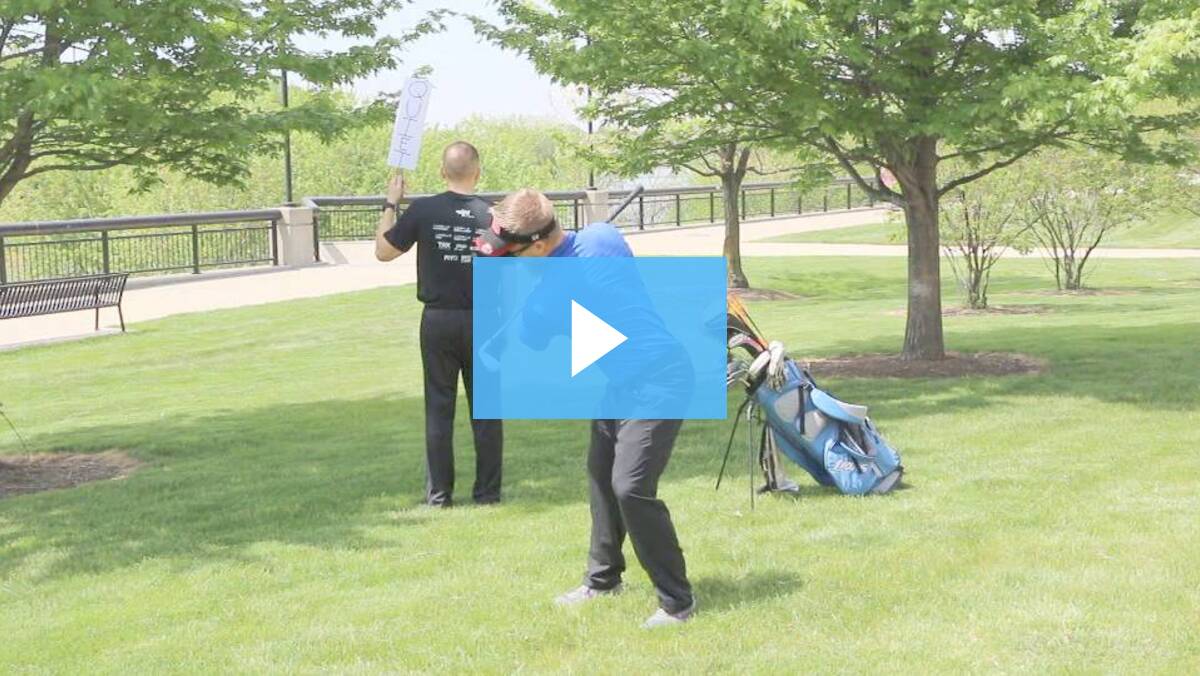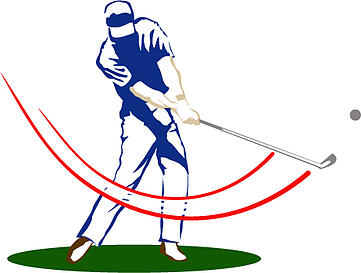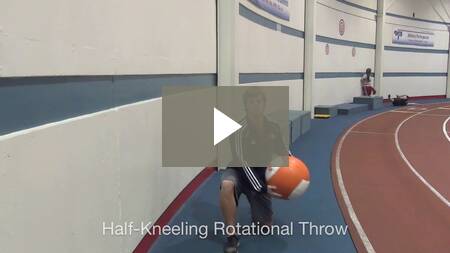 Looking back on the history of my work in the blog world, I have found that every year around this time I tend to write about a sport I sometimes love to hate: golf. So, without further ado, it is time for my yearly “golf blog,” where I share a few insights from a hack’s viewpoint that will hopefully lead to some success in your game. If you play this frustrating yet beautiful game, you know that every round can either be 4 hours of bliss, or contemplating why you spent so much money on those clubs. And maybe that’s what makes the game so special for so many, the never-ending battle between good and evil (thoughts, that is).
Looking back on the history of my work in the blog world, I have found that every year around this time I tend to write about a sport I sometimes love to hate: golf. So, without further ado, it is time for my yearly “golf blog,” where I share a few insights from a hack’s viewpoint that will hopefully lead to some success in your game. If you play this frustrating yet beautiful game, you know that every round can either be 4 hours of bliss, or contemplating why you spent so much money on those clubs. And maybe that’s what makes the game so special for so many, the never-ending battle between good and evil (thoughts, that is).
Whatever it is that keeps you coming back to the links, obviously you want to play the best you can and as long as you can. The proper warm-up for any type of fitness or performance activity has been spoken and written about by countless fitness pros, yours truly included, but I would argue it’s super important to your game and your health to talk about warming up before you tee it up.
Before the Course
If you are like me, sometimes you get to the course with only a few minutes to spare before your tee time. Here are a few strategies you can implement that don’t take a lot of time and will benefit both your game and your body.
- Be fit: Okay, I lied, this one does take some time, but being fit and healthy before taking on any activity is imperative to maintaining your health. I think we would all agree it might be foolish to hop into a 5 v 5 pickup game on the basketball court if you have been on the couch for the last three months. You would want to work on your cardio, power, and endurance so that you can compete and enjoy the activity. Same goes for golf. Don’t let the cart fool you: it is a physically demanding game—if you wish to compete with your pals, that is. So, take care of yourself and make sure you are getting that minimum 150 minutes per week of moderate to vigorous exercise recommended by the ACSM.
- Soft-tissue work at home: If you have time before hitting the course to hit the foam roller, I highly recommend it. Spend some time on the glutes, lats, adductors, T-spine, and hamstrings. (link)
On the Course and in a Hurry
Here are some videos that demonstrate some important warm-ups and drills.
- Increase Tissue Temp: Walk, small plyometrics (jumping jacks), light jog
Drills:
- Chest Stretch
- SA OH Reach
- Club windmills
- Reverse Lunge with Lateral Reach
- Lateral Leg Swings
- Trunk Rotations (iso)
- Back and Down Swings
Now, there may be a few things holding you back from completing a proper warm-up before enjoying a great day of the oldest game. You may not show up to the course in time. I make time to get there early to get outside and really begin the round before the first tee. You might feel a little “goofy” going through a proper warm-up in front of your friends. To that I say, “success favors the prepared,” and you can show them drills after you beat them on the course, or are able to play again immediately without soreness, or carry the bag for 18 holes and remain upright. A proper warm-up may not get you on tour, but it may save you a few strokes aside and keep you playing longer.
This blog was written by Tony Maloney, ACSM Certified Exercise Physiologist and Health Fitness Instructor. To find out more about the NIFS bloggers, click here.



 It’s finally that time of year again—time to hit the links and chase a little ball all over a well-manicured green space with the hopes of golf immortality. If you are like me, you have a love/hate relationship with the sport of golf, but I look forward to my weekly round with friends to take on challenging courses and ultimately myself.
It’s finally that time of year again—time to hit the links and chase a little ball all over a well-manicured green space with the hopes of golf immortality. If you are like me, you have a love/hate relationship with the sport of golf, but I look forward to my weekly round with friends to take on challenging courses and ultimately myself.
 In my
In my  Most of us might have been lucky to get out and play a handful of times over the winter, but some might be picking up a club for the first time in almost five months or more when that first tee time rolls around. Regardless of how many times you have played in recent months, everyone can benefit from improving golf-specific fitness areas before the full-fledged season begins.
Most of us might have been lucky to get out and play a handful of times over the winter, but some might be picking up a club for the first time in almost five months or more when that first tee time rolls around. Regardless of how many times you have played in recent months, everyone can benefit from improving golf-specific fitness areas before the full-fledged season begins. 
 Grip strength is quite a conundrum in the fitness industry. It is so often called upon during training, yet grip-strength training itself can be overlooked.
Grip strength is quite a conundrum in the fitness industry. It is so often called upon during training, yet grip-strength training itself can be overlooked.  Paddleboarding
Paddleboarding No, I’m not going to fix your slice or tell you how to hit out of a bunker (I still can’t fix that myself). What I’m going to do is give you a few fitness tips that could potentially help add some yards off the tee or with long iron shots.
No, I’m not going to fix your slice or tell you how to hit out of a bunker (I still can’t fix that myself). What I’m going to do is give you a few fitness tips that could potentially help add some yards off the tee or with long iron shots.
